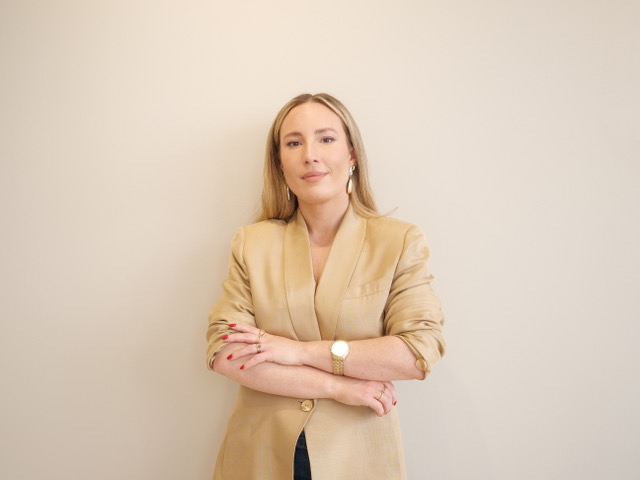McLaren's three Ellas and the future of motorsport
McLaren is rewiring the pipeline for women, on track and across the motorsport landscape
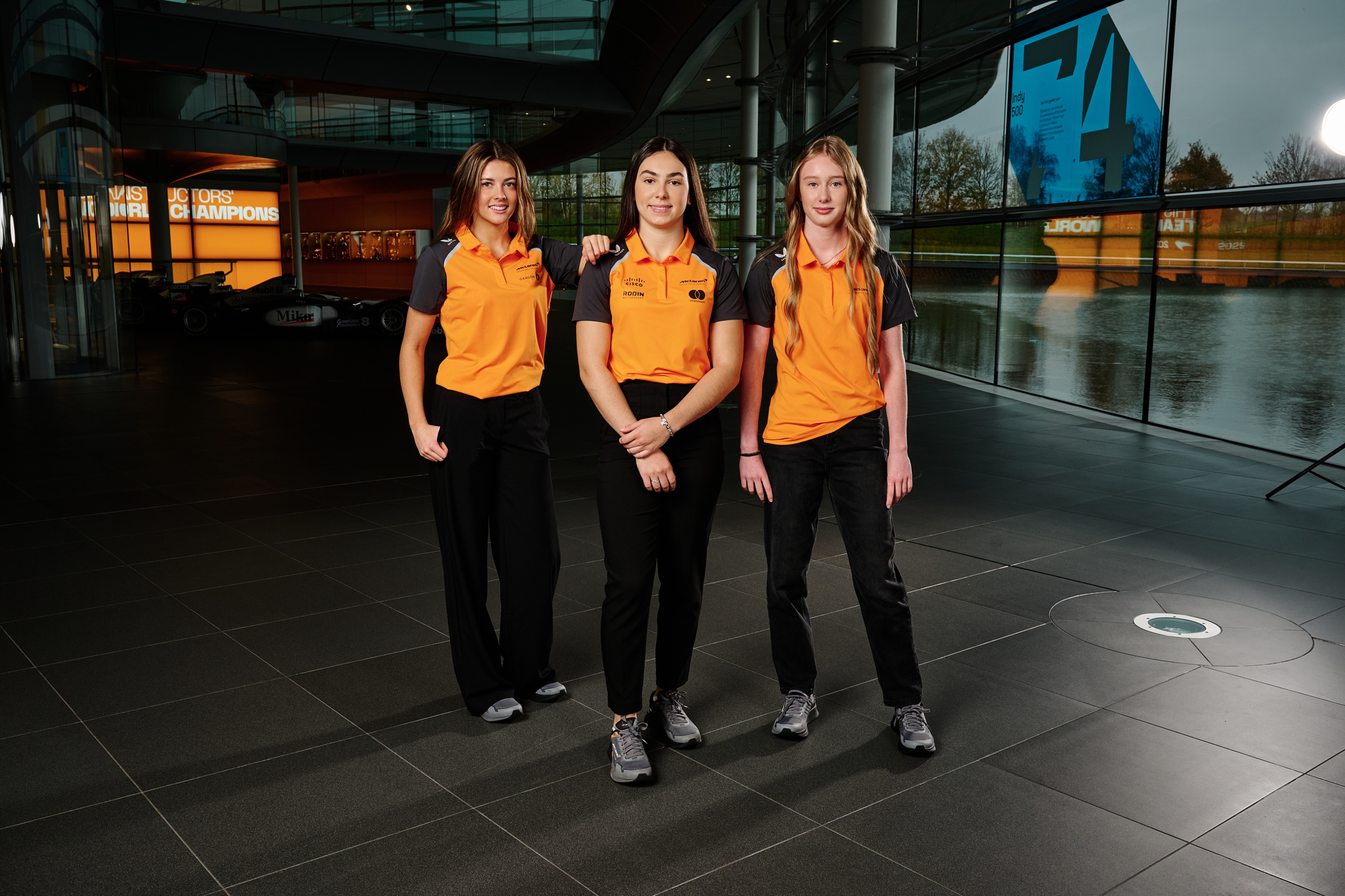

Three teenage girls in papaya-hued kit stroll into the same building where Lewis Hamilton, Lando Norris and Fernando Alonso carved out their careers. The glass contours of the McLaren Technology Centre (MTC) reflect back an atrium ‘boulevard’ lined with championship-winning cars, plus stunning newer inventions like the W1 and a Solus GT hypercar. Nonetheless, all eyes today are trained on the three young women — Ella Lloyd, Ella Stevens and Ella Häkkinen. This trinity of Ellas is a symbol of big changes afoot.
In the first instance, McLaren Racing is expanding its Driver Development Programme, welcoming Stevens and Häkkinen into the fold. Lloyd is being renewed for a second season representing McLaren in Formula One’s female feeder series, the F1 Academy, plus McLaren will soon become the only team on the series’ grid to run two cars in 2026, with Stevens getting that covetable second seat. This is the headline, but certainly not the whole story.
The rest of the tale being told today is that McLaren, which has been long etched into culture as a privileged club for boy-racers and the marque of teenage bedroom walls, is now quietly, methodically rewiring its whole pipeline for inclusivity.
And unlike many of their competitors, they’re doing it everywhere: in driver development, in early STEM education, in workforce diversity and recruitment, in fan culture, in technology and crucially, in the boardroom too.
From Hamilton to Häkkinen: a new lineage
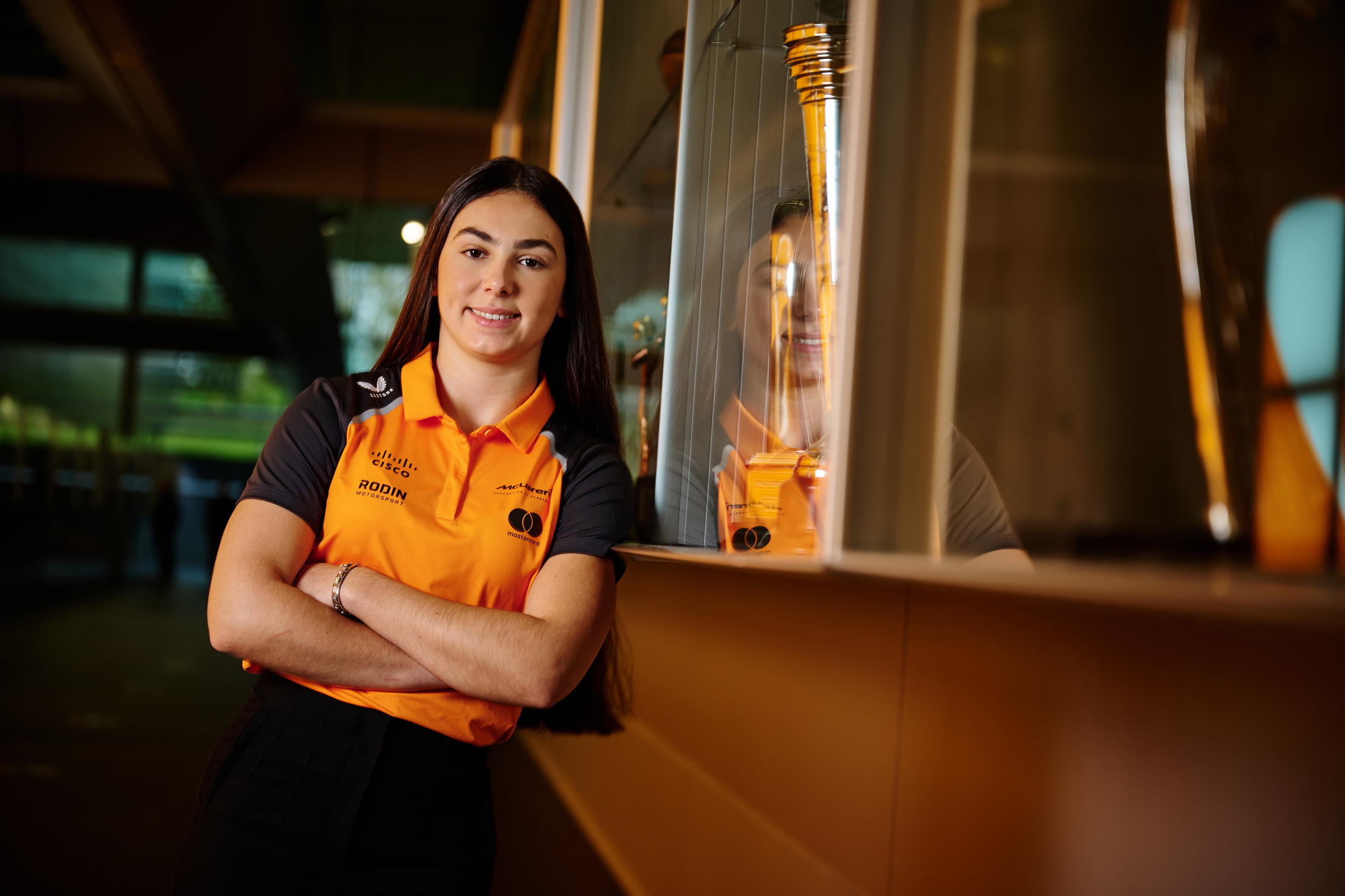
After a brilliant debut season, Ella Lloyd, 20, will return as McLaren’s F1 Academy driver next year. With only the Vegas weekend to go, Lloyd is currently third overall in the standings, with five podiums and a win under her belt already. ‘It feels amazing to be continuing my journey,’ she tells me. ‘We’ve had ups and downs, but I’ve learnt a huge amount. Canada was probably my best weekend, with three P3s, fighting my way there from further back on the grid. That consistency is what I’m aiming for if I want to chase the championship next year.’
Beside her is Ella Stevens, 19, fresh from becoming vice-champion in the British KZ2 Karting Championship. She’s the only woman ever to win in the UK’s top karting class. ‘I’ve never been in single-seaters before,’ she says. ‘I’ve been in karts my whole life. So this is a big step up.’
The youngest Ella is just 14. Her surname you might already recognise, as she shares it with her father Mika Häkkinen, a double F1 World Champion who helped define one of McLaren’s golden eras. Fearless, if soft-spoken, Häkkinen-the-younger isn’t daunted by the comparisons. If anything, she’s just happy to be here. ‘This year was such a big leap,’ she tells me. ‘We took pole in Slovakia [in the OK-N Senior karting series] a couple of weeks ago and then P2 in the final. The progress from January to now has been huge. The speed is there, we just need to keep polishing the rest.’
Exquisite houses, the beauty of Nature, and how to get the most from your life, straight to your inbox.
We’re looking at three young women in three different stages of development, but they all share an ambition: to carve out a future in a sport that has never really been designed with them in mind.
Louise McEwen, McLaren Racing’s CMO and one of the only women in a role like hers across the sport, puts it plainly: ‘We’ve always nurtured young talent. Lewis came through here, Lando came through here, Pato [O’Ward] in IndyCar.’ Until very recently, though, the talent being nurtured was almost exclusively male. So, as Louise says: ‘Adding three young women to that lineage is a big statement for us.’
'Diverse teams are higher-performing teams. Diversity of thought genuinely moves you up the grid'
Louise’s job is a very big deal. She is part of the architecture and also the public voice of the organisation’s diversity overhaul. And she is clear-eyed about something that other organisations often get wrong, which is the fact that representation is not PR, it’s performance. ‘We race in a sport where margins of gain are tiny,’ she says. ‘Diverse teams are higher-performing teams. Diversity of thought genuinely moves you up the grid.’
McLaren Racing has committed to making sure that, by 2030, 40% of its workforce will come from traditionally under-represented groups, be they women, neurodivergent talent, people from a varied ethnic spread and also those from socio-economic groups that haven’t always been offered equal opportunities in the industry. Crucially, this isn’t just a new-starter quota, as we’ve seen elsewhere. This is about the entire headcount.
The marque has already been putting its money where its mouth is, with 43% of new starters in 2024 coming from under-represented backgrounds and 33% of the workforce already falling into that category. Of the early-careers intake, 30% are women and according to Louise, some parts of the company, like the commercial team, are already more than 50% female.
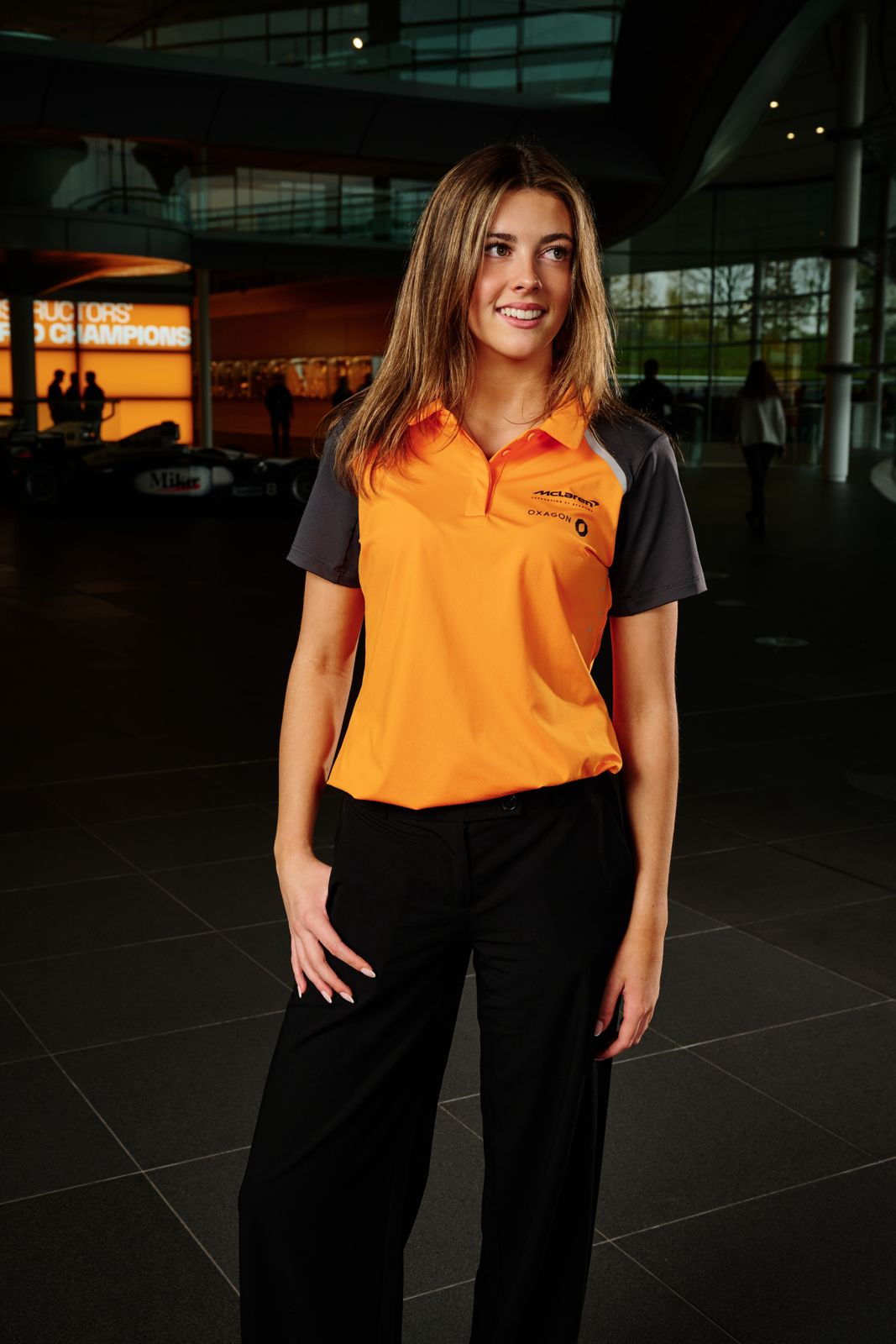
Rivals haven’t been idle. Mercedes’ Accelerate 25 programme aims for 25% of new hires from under-represented groups by next year, and they’ve partnered with organisations like Stemettes and Zero Gravity. Aston Martin’s Racing Arm has its Make A Mark initiatives and STEM pipeline work with Arm and the Aleto Foundation, which is all fantastic and progressive work, of course.
But McLaren’s target is on a different scale. Their ambition to shift the total composition of the organisation is much more comprehensive than tightening up recruitment streams or offering STEM touchpoints. And perhaps the most revealing element isn’t the target at all, but how they’re getting there.
McLaren Racing has been unusually deliberate in its approach to early talent. ‘The most important time to bring more women into motorsport is while they’re still in education,’ Louise says. ‘If you don’t know these careers exist, you can’t aim for them.’
Programmes like ‘NEXT,’ an accelerated mentorship initiative for girls in STEM, run with Deloitte, Cisco, Udemy and Orwin, are already in their second year. The team’s own engineers now routinely go into schools and universities to talk about what a motorsport career actually looks like.
They’re not stopping at access either. At the end of last year, the organisation opened its Optimum Nutrition High Performance Hub at MTC, providing physical and mental-health provision to the racing team and its Driver Development Programme alike. ‘We have to support them holistically,’ Louise says. ‘Engineering, fitness, media coaching, social-media readiness — all of it.’ For young female drivers, this is not a luxury. It’s insulation from a sport and spectatorship that is gruelingly competitive and still, in pockets, hostile to their presence.
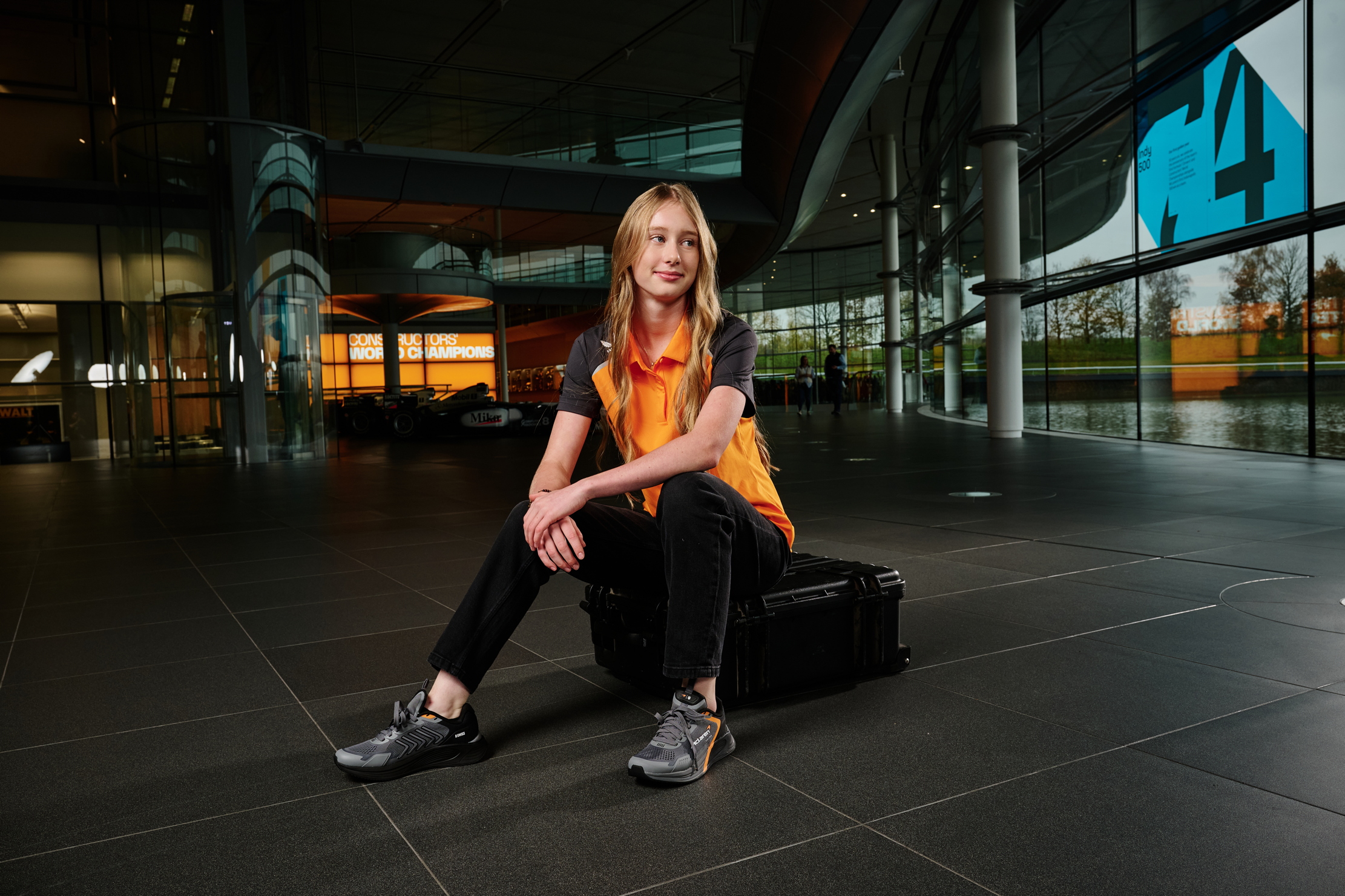
This shift is also cultural. F1’s fanbase has surged to roughly 40% female, and McLaren now counts itself as the most followed team among women. Fashion collaborations and inclusive merchandise partnerships with the likes of Reiss, Hollister and M&S have been very successful.
The team’s fan-first strategies, from its wildly successful London Live takeover of Trafalgar Square to its social-led storytelling, have lowered the barrier to entry for people who never saw themselves as ‘the motorsport type’. Only 1% of the sport’s followers will ever make it to a race, Louise points out, but McLaren has decided that that shouldn’t preclude anyone from feeling like they belong.
All of this matters, because McLaren isn’t simply a racing team. It is a technology house where innovations spill out beyond the track into electrification, transport and even aerospace (McLaren once won a commendation from NASA). Opening the doors to women is symbolic, yes, but it also helps determine who shapes the next generation of mobility and engineering.
Louise hopes the sport is nearing a ‘tipping point’. ‘Look at who’s coming into the sport now,’ she says, ‘younger fans, more women, brands that never existed in Formula One before.’ The entire culture around motorsport is on a tilt and so McLaren Racing’s decision to shift radically on the inside too is more than just a great ESG initiative, it’s a smart business move.
And so today, as the three Ellas climb the stairs towards the simulator suite at MTC, fizzing with nerves and ambition, it’s hard not to feel that they might also be ascending into a version of the future that is finally big enough for them.
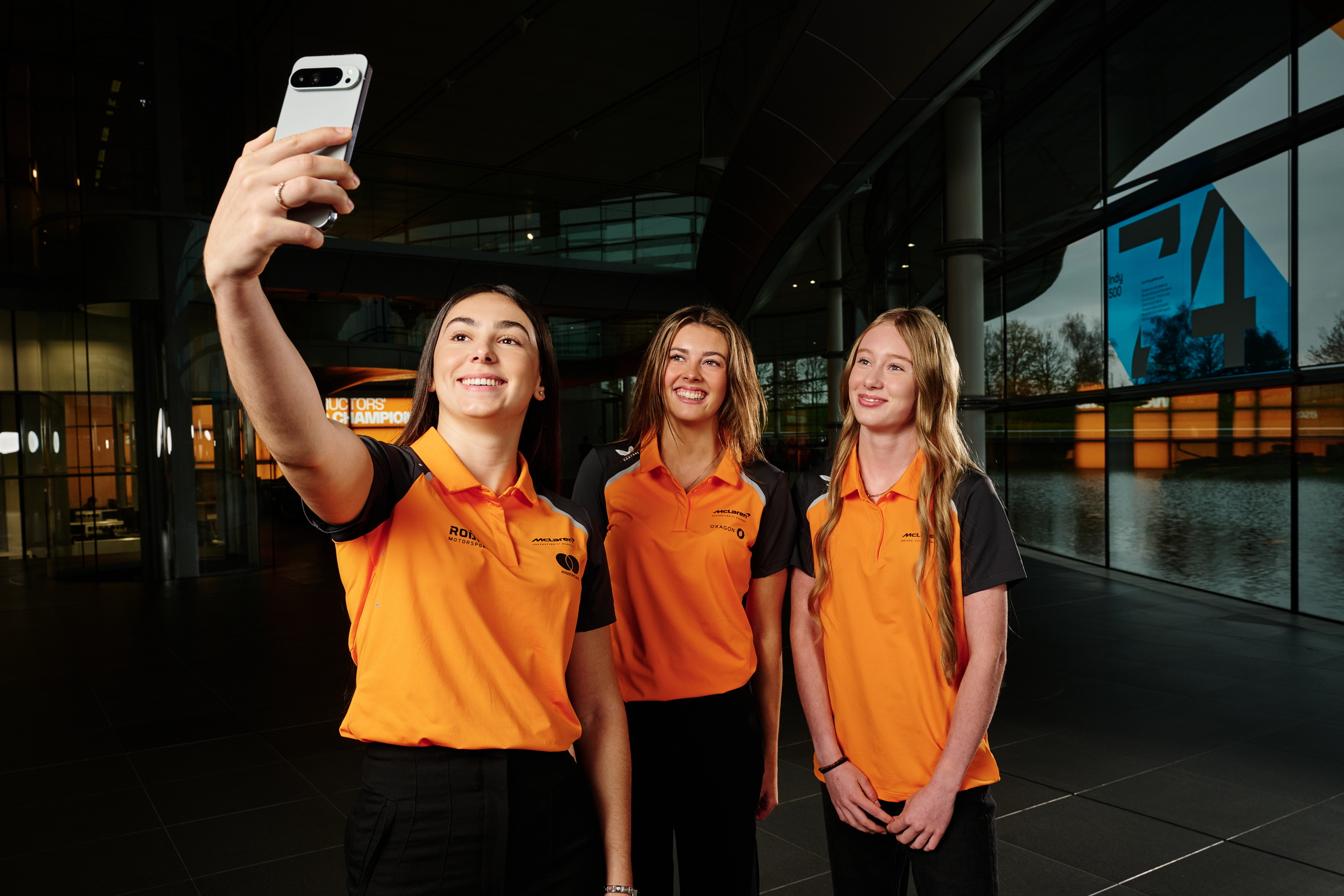
Natasha Bird is a writer and editor with more than 15 years’ experience covering culture, politics, cars, lifestyle and travel. Formerly Executive Editor at ELLE, she now contributes features that blend storytelling with a keen eye for design, style and the way we live today.
-
 A home where medieval, Georgian and modern come together in rare style
A home where medieval, Georgian and modern come together in rare styleSet in a couple of acres in the leafy outskirts of Essex, Rochfords is a family house that blends old and new with charm and a sense of fun.
-
 Missing ponies, Highland games, and a lighthouse in the Shetland Isles. It's a very Scottish Country Life Quiz of the Day
Missing ponies, Highland games, and a lighthouse in the Shetland Isles. It's a very Scottish Country Life Quiz of the DayImpress your friends north of the border by scoring highly on all things Scotland.
-
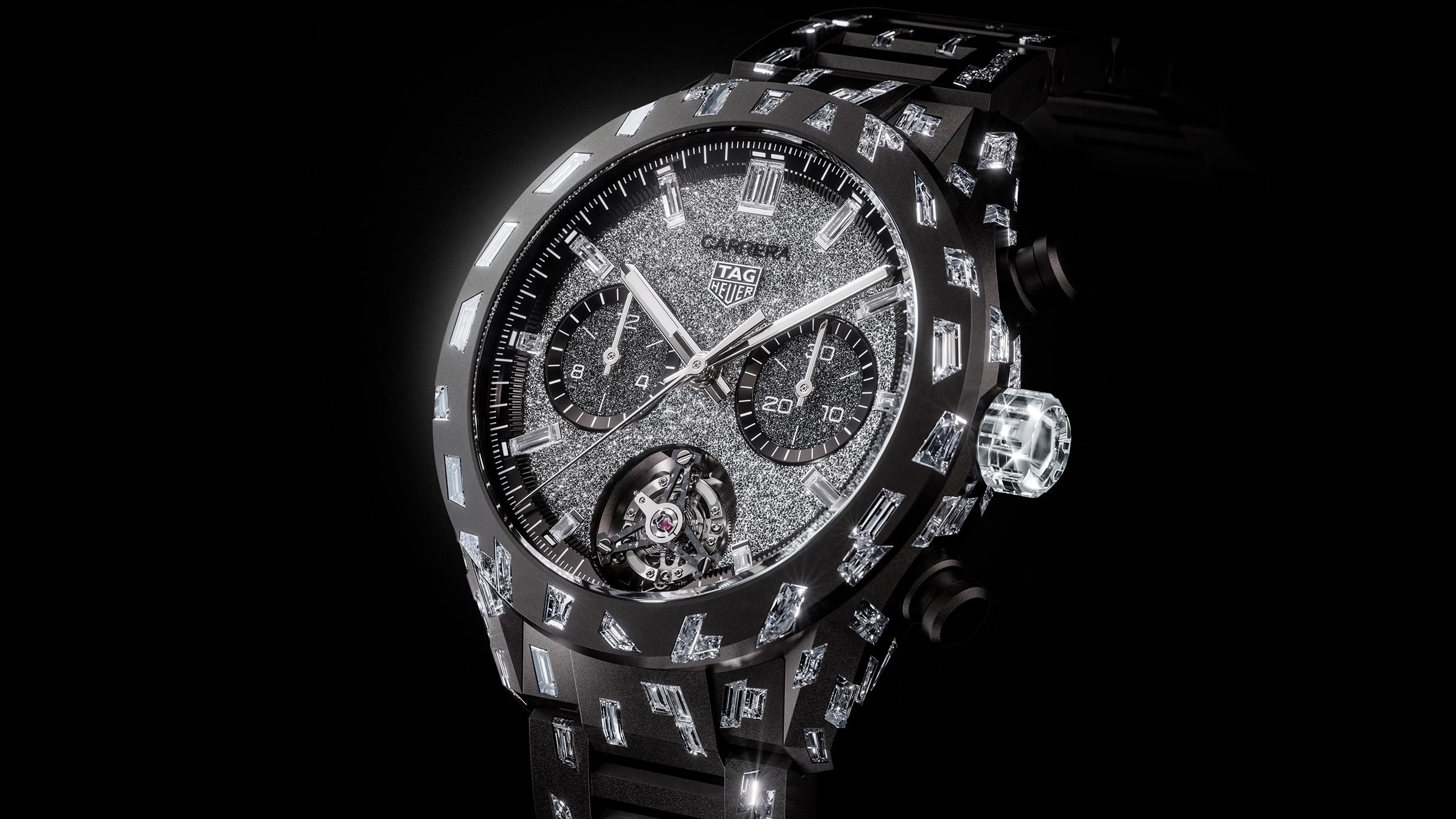 The real deal: Can you tell the difference between mined and synthetic diamonds?
The real deal: Can you tell the difference between mined and synthetic diamonds?And would you buy a watch studded with laboratory-made ones?
-
 The wine stash of one of Switzerland’s most secretive billionaires is up for auction
The wine stash of one of Switzerland’s most secretive billionaires is up for auctionA selection from the personal cellar of the late Jörg G. Bucherer is for sale via Sotheby’s. Highlights include double magnums of Petrus, a case of Lafleur 1990, nine cases of Clos de Tart and six 12-bottle cases of Domaine Leroy.
-
 Who won the rivalry between Turner and Constable? It was us, the public
Who won the rivalry between Turner and Constable? It was us, the publicA forthcoming exhibition at Tate Britain that revives the rivalry between these two 19th century painters sheds new light on their relationship.
-
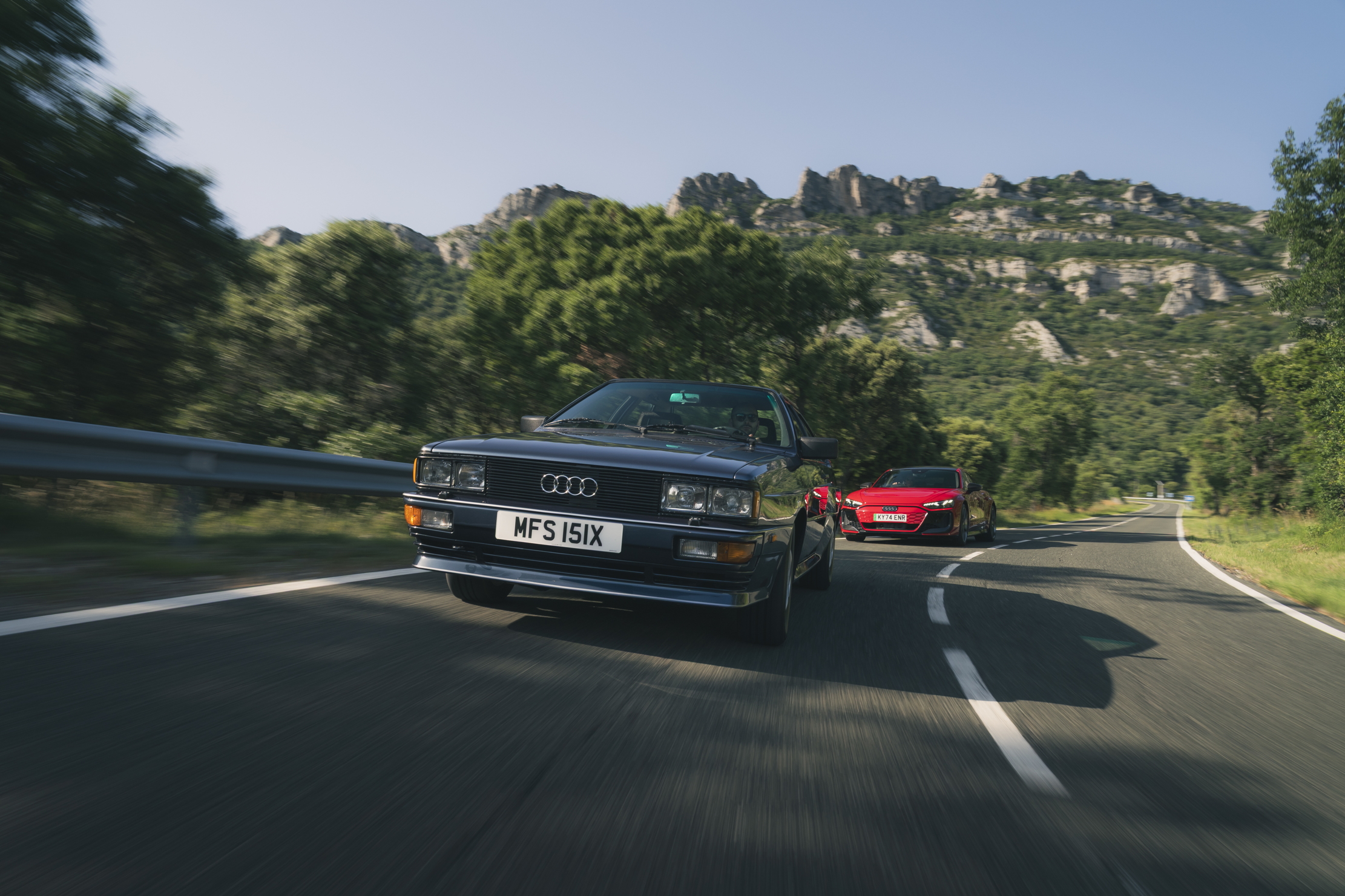 Audi has been designing icons for 60 years. Here are some of the best
Audi has been designing icons for 60 years. Here are some of the bestFrom the first Quattro, to the TT and the R8, Audi has always been able to turn a head. Adam Hay-Nicholls, our man in Rioja, explains why.
-
 Haute dogs: How fashion’s finest would dress 11 dogs and one very spoilt cat if only they had the chance
Haute dogs: How fashion’s finest would dress 11 dogs and one very spoilt cat if only they had the chanceWe’ve matched some much-loved breeds to the designers that share their history, temperament and vibe — because why not. Illustrations by Tug Rice.
-
 'Love, desire, faith, passion, intimacy, God, spiritual consciousness, curiosity and adventure': The world of Stanley Spencer, a very English visionary
'Love, desire, faith, passion, intimacy, God, spiritual consciousness, curiosity and adventure': The world of Stanley Spencer, a very English visionaryStanley Spencer’s talent for seeing the spiritual in the everyday, his stirring sense for the wonder of Nature and his love for the landscapes of Berkshire and Suffolk shaped his art, as Matthew Dennison reveals.
-
 The tourbillon watch is a masterpiece of order born out of tumult and disarray
The tourbillon watch is a masterpiece of order born out of tumult and disarrayWhat is it that makes the tourbillon — one the most beguiling instruments in watchmaking — tick?
-
 What a report on the spending of female billionaires tells us about the future of museum collections
What a report on the spending of female billionaires tells us about the future of museum collectionsBetween 2015 and 2024, the number of female billionaires grew from 190 to 344. Could this be good news for the art world?
